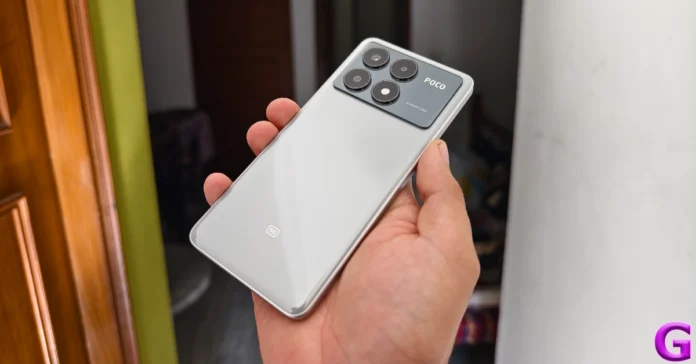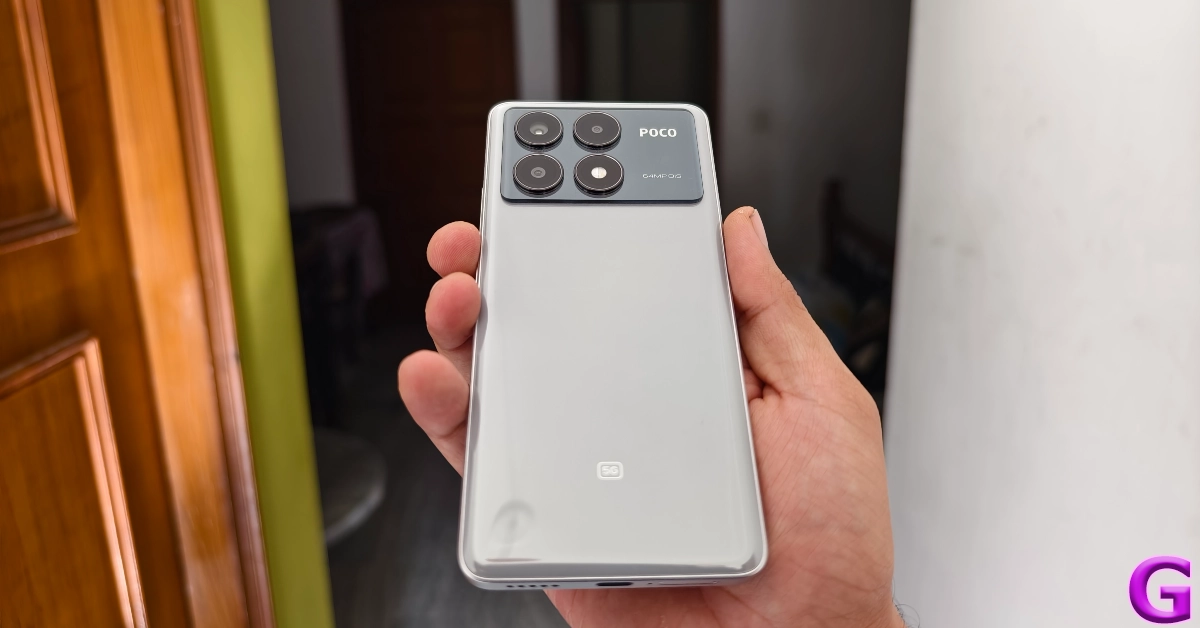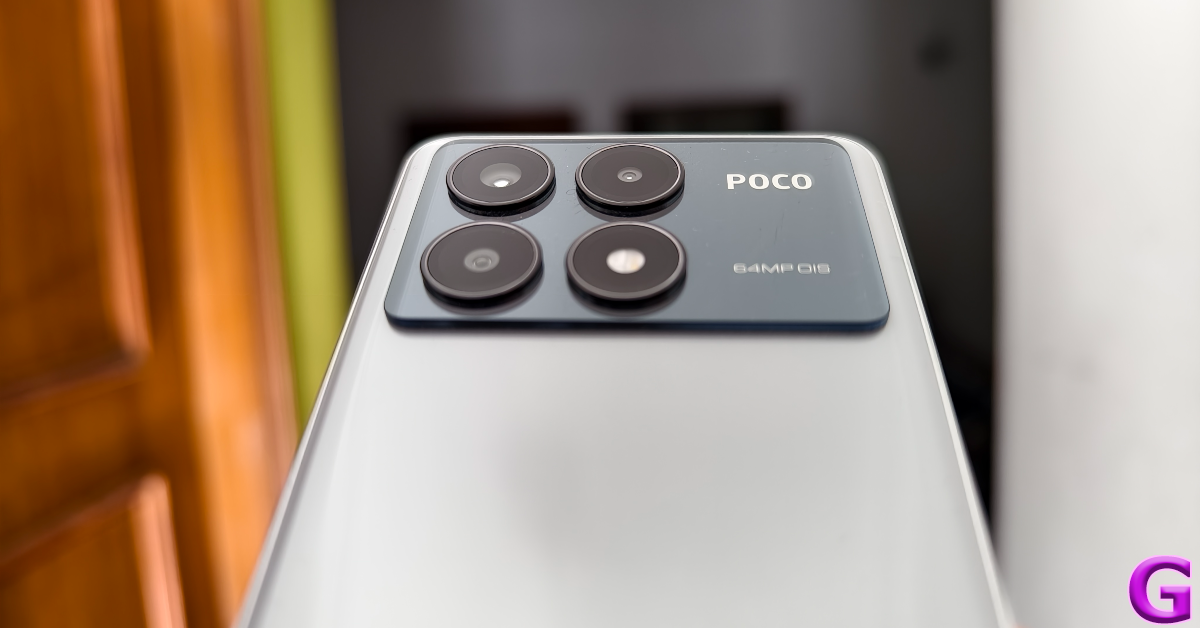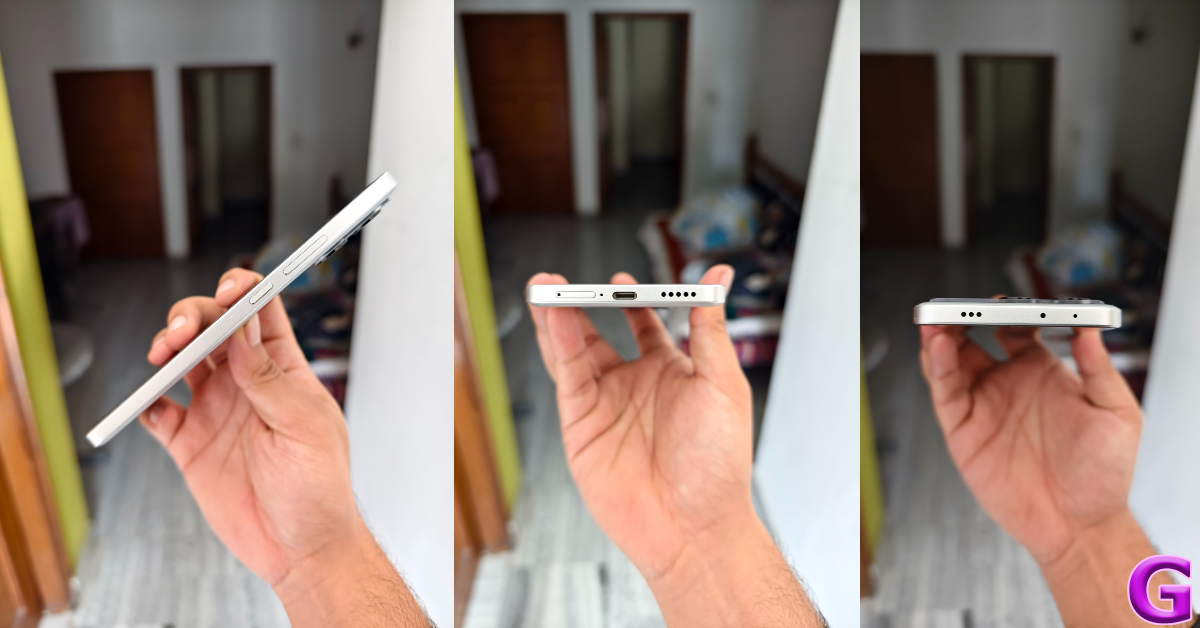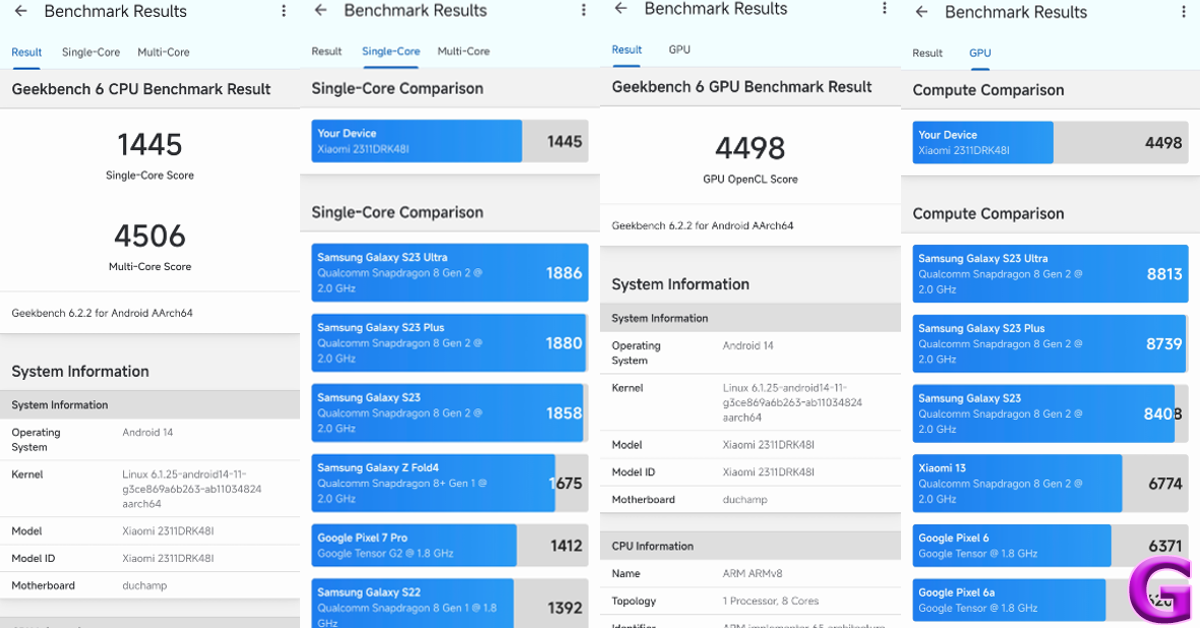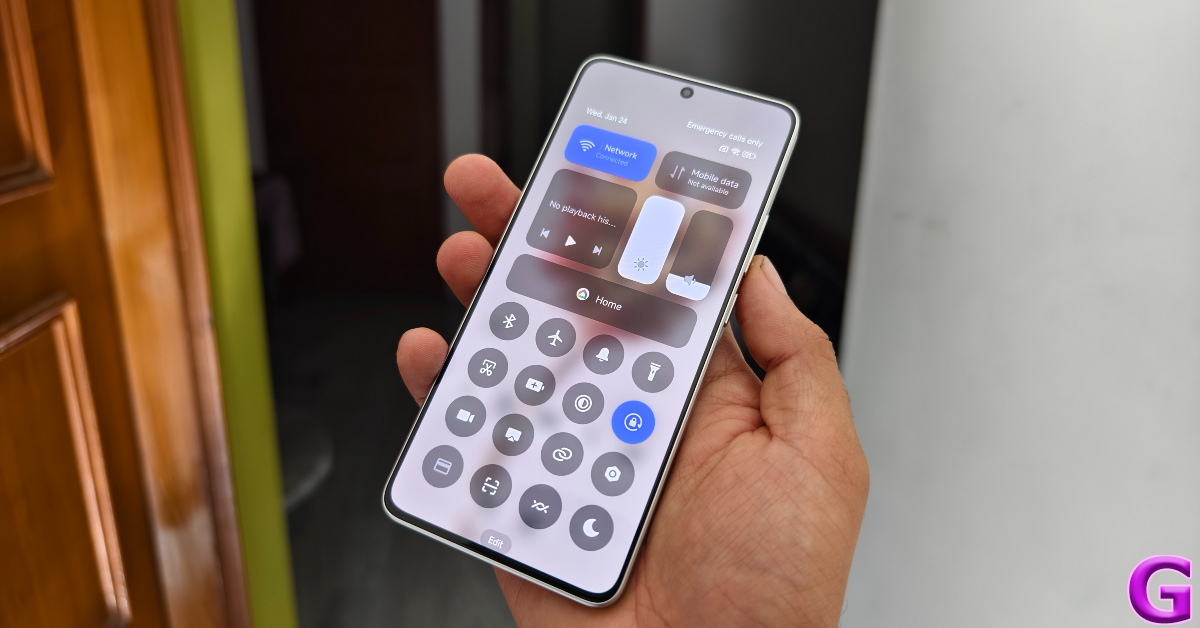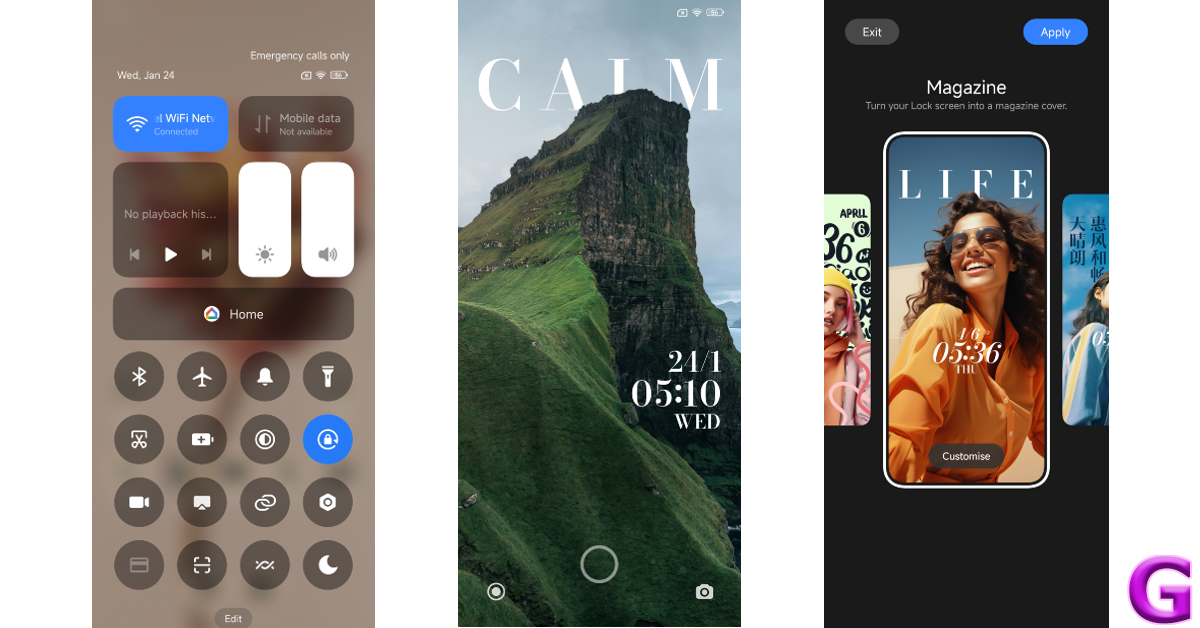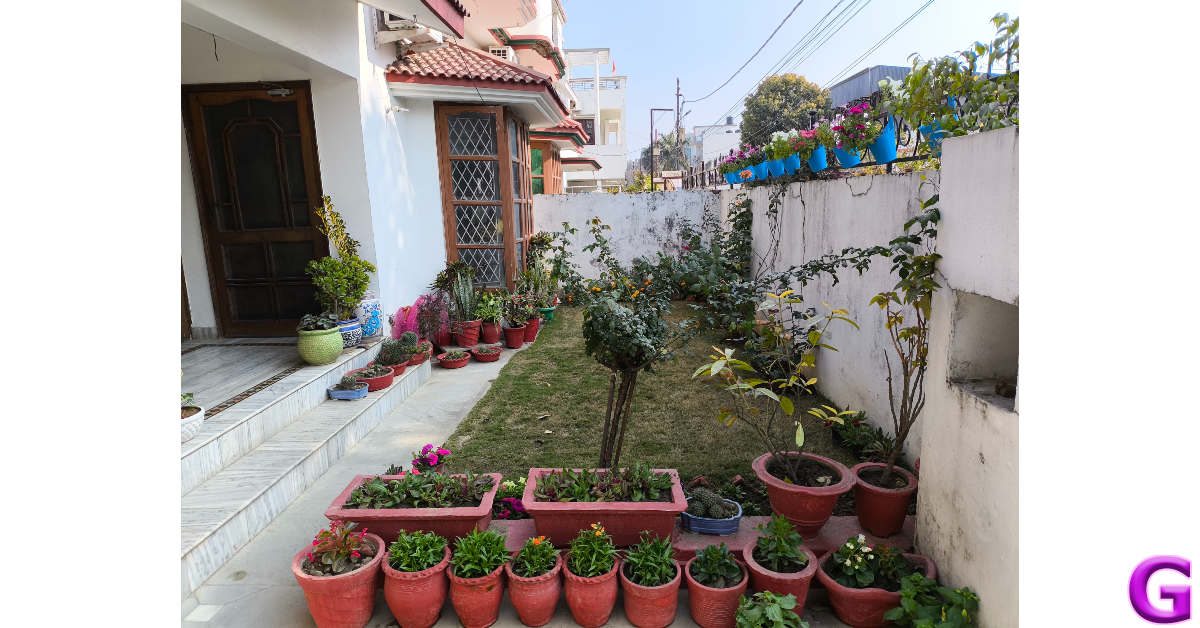Xiaomi’s subsidiary brand, Poco, is relatively new in the Indian market but has consistently produced a series of good products. Primarily operating in the lower midrange segment, Poco’s X Series goes up against the likes of OnePlus’ Nord Series, Samsung’s A Series, and its parent company Xiaomi’s Note series. The newly launched Poco X6 Pro is currently priced at Rs 27,000. Its non-Pro variant fetches Rs 22,000. Both variants arrived at our desk earlier this month and we have been using them since then. For the last week, the Poco X6 Pro has remained our daily driver – here is our review of the smartphone.
Read Also: OnePlus Buds 3 with 10.4mm driver unit launched in India
In This Article
Poco X6 Pro review: Design and Display
The unboxing experience of the Poco X6 Pro is pretty standard as far as mid-rangers go. Inside the box, you get the smartphone, a 67W power adapter, a USB Type-A to Type-C cable, a black plastic case, a SIM ejector tool, and a quick start guide. 2024 seems to be the year when OEMs across the board are replacing the clear plastic case with an opaque black one.
Poco’s Pro variant in its 2024 X6 Series has made small yet significant changes to its design. The two-step camera panel at the back now covers the entire width of the smartphone. In its previous iteration, this glossy panel was aligned to the left, with the dual-tone colouring covering the remaining area. This is still the case in the non-Pro variant this year.
Even though the X6 Pro has a plastic back, it almost feels like glass. This ‘glasstic’ material does elevate the in-hand feel of the device but is a fingerprint magnet. Picking up the phone for a couple of minutes will surely leave some prints on the back. The vegan leather back on the yellow colour variant does not present this issue. Smudges aside, we like the overall design of the smartphone. The three cameras and the LED flash get individual cutouts which are aligned in a square pattern.
The back panel curves slightly into the flat plastic frame. The left edge of the frame houses the volume rocker and power keys. At the bottom, you get the SIM tray, microphone, USB Type-C port, and the primary speaker grille. Up top lie the secondary microphone, IR blaster, and stereo speaker. The left edge is completely keyless. Unlike its previous iteration (our review here), there is no 3.5mm headphone jack on the X6 Pro, but you can still get it on the non-Pro variant.
Moving on, Poco X6 Pro’s display is undoubtedly its biggest attribute. This 6.67-inch AMOLED panel has a 1,220 x 2,712p resolution and a 120Hz refresh rate. On top of that, it gets HDR10+ support and Widevine L1 certification. Reaching an impressive peak brightness of 1,800 nits, this display remains perfectly legible under direct sunlight. Surrounding the display are very slim bezels that get a smidge thicker around the chin. If you don’t pay close attention to the bezels (which is quite easy, given their size), they appear uniform.
The touch response offered by the X6 Pro’s display is very close to the flagship level. Swiping through pages, switching apps, navigating the phone’s interface, and other activities provide a very fluid experience. The X6 Pro is also the first Poco smartphone to get an in-display fingerprint scanner. It is one of the fastest scanners we have used in any segment, and it is nice to see Poco nail such a vital part of the display in its first attempt.
We watched a variety of content across different OTT and streaming apps. The HDR quality is good and the images produced on the screen are rich in colour. The stereo speakers can go loud without sounding distorted. Although the audio output could have improved on its low end, it doesn’t sound tinny or hollow. We did not feel the need to put on headphones while watching movies on the X6 Pro.
An IP54 rating ensures that the smartphone can handle minor water splashes and exposure to minimal dust. Pulling a smartphone out while it’s raining will not damage its internals, but a dip in the water may lead to a different outcome.
Poco X6 Pro review: Performance and Cameras
Powering the Poco X6 Pro is the MediaTek Dimensity 8300 Ultra SoC. There are two RAM and storage variants on offer — 8GB + 256GB and 12GB + 512GB. The LPDDR5X RAM and UFS 4.0 storage are integral to the device’s speedy functioning. On the Geekbench 6 app, the smartphone scored 1,445 points in the single-core test and 4,506 points in the multi-core test. The non-Pro variant powered by the Snapdragon 7s Gen 2 SoC scored 1,022 and 2,995 points respectively.
One of the things that make the X6 Pro stand apart in its segments is its speediness. The smartphone takes no time to load apps and switch between them. While working on the phone, we always felt like it was a step ahead of us. This isn’t something we can say for other smartphones in this price bracket. The X6 Pro crushes basic tasks like instant messaging, video calling, photo editing, web browsing, and others. Even with multiple apps occupying the RAM, the smartphone remains unfazed.
A similar performance is replicated while gaming on the device. The brilliant touch response pays dividends while playing games like Call of Duty Mobile and BGMI. The 5,000mm2 stainless steel vapour changer plays its part in maintaining the internal temperature to an optimum level. Even with high graphic settings and maximum frame rate, the smartphone does not create any jitters or unwanted lags while gaming.
Poco X6 Pro is one of the first smartphones in India to ship with the Xiaomi HyperOS. Its non-Pro sibling gets MIUI 14 OS out of the box, which can be upgraded to HyperOS. While there isn’t much that separates the two Android 14-based skins, we do like the overall feel of the HyperOS. The quick settings panel extends to the bottom of the display upon swiping down from the status bar. The tiles are text-free, which makes them aesthetically appealing, but it takes a few days to get used to them. It looks eerily similar to the iPhone’s Control Centre, but that isn’t a bad thing at all.
The OS also offers a new ‘MiSans’ font along with a bunch of lock screen and wallpaper customisation options. You can choose from a bunch of styles for the lock screen and customise them even further by adding a signature and applying the depth effect. This is also inspired by the lock screen effects in iOS. Overall the software experience on the X6 Pro is quite pleasing, once you get past the bloatware.
The 5,000 mAh battery was able to power it for an entire day. During the review period, we used the Poco X6 Pro for calling, texting, binge-watching TV shows, and gaming. At the end of each day, we were left with a 15-20% charge. This is pretty standard as far as most mid-range smartphones go. The 67W power adapter provided in the box can fully charge the smartphone in 45 minutes.
Cameras are not Poco X6 Pro’s strongest suit, but it does not disappoint. The rear camera array consists of a 64MP primary shooter, an 8MP ultrawide lens, and a 2MP macro sensor. In daylight conditions, the primary camera takes good images that are rich in colour and pack a lot of detail. The images are well-processed, featuring adequate dynamic range with sharp and well-exposed shadows.
The primary camera surprised us in low-light conditions, making use of clever photoprocessing to produce good results. The camera manages to expose and brighten the subject nicely, while the noise level is suppressed to an optimum degree. With the Night Mode turned on, the images come out a little sharpened and some colour correction is applied to the final result.

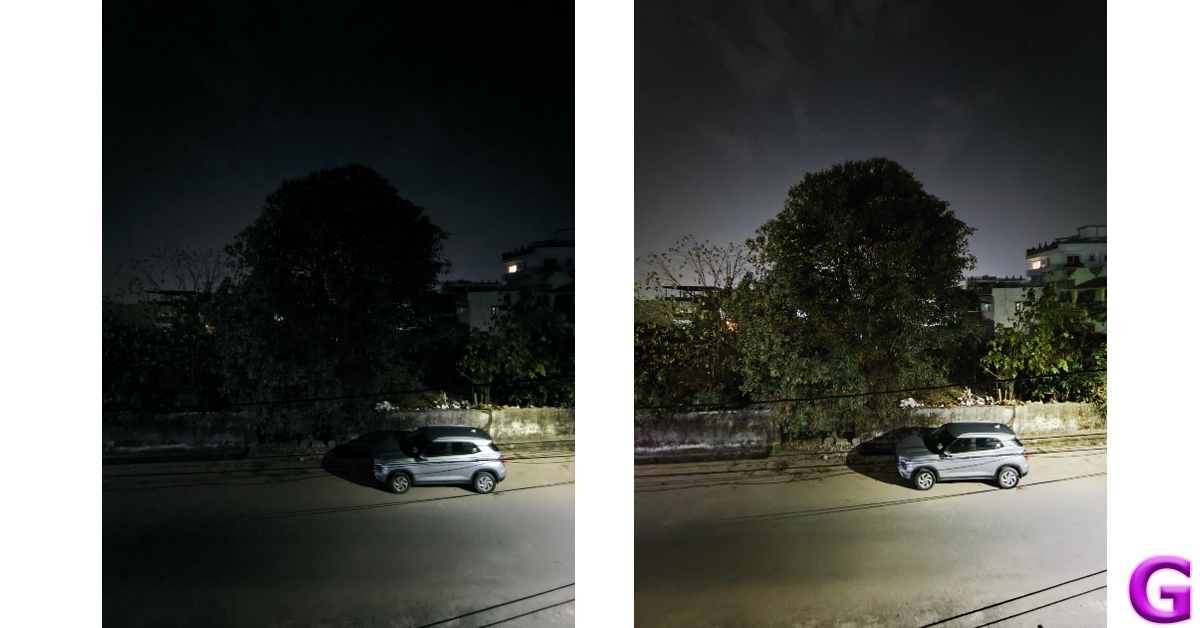
Pictures taken with the ultrawide lens are on the softer side but manage to produce deep colours and a decent dynamic range. Even in low light conditions, the ultrawide camera puts up a good performance. The camera app has a Portrait Mode that does a good job of separating the subject from the background but is a little restrained while applying the blur effect. The 2MP macro lens is there if you want to take close-up images, but we were not happy with the flat colours produced by it.
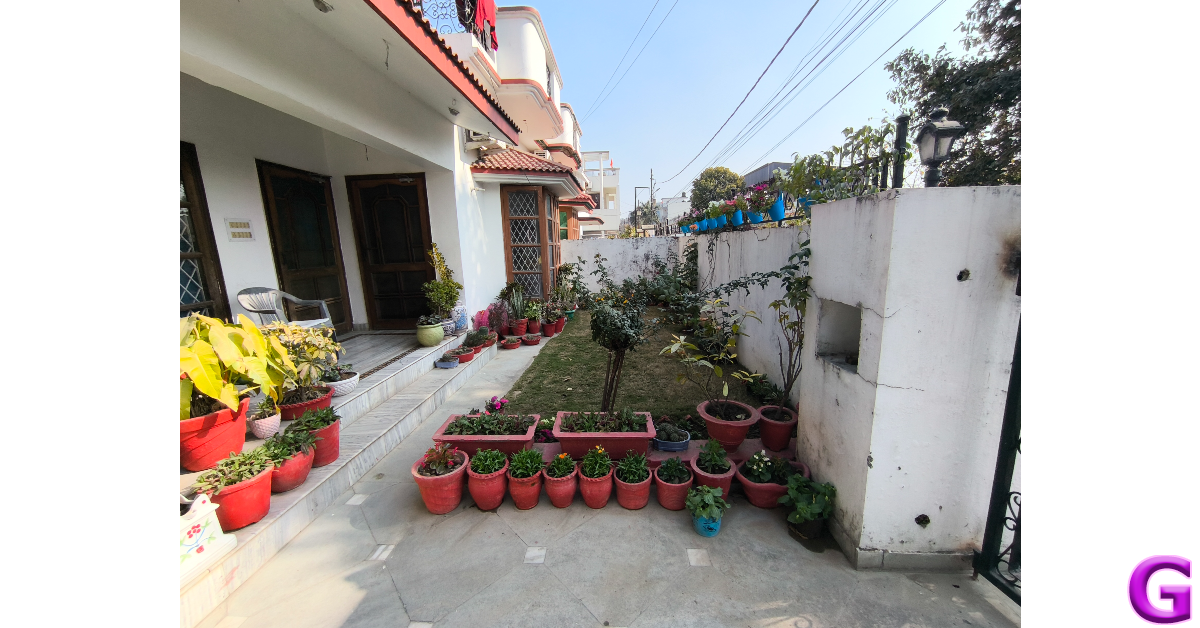
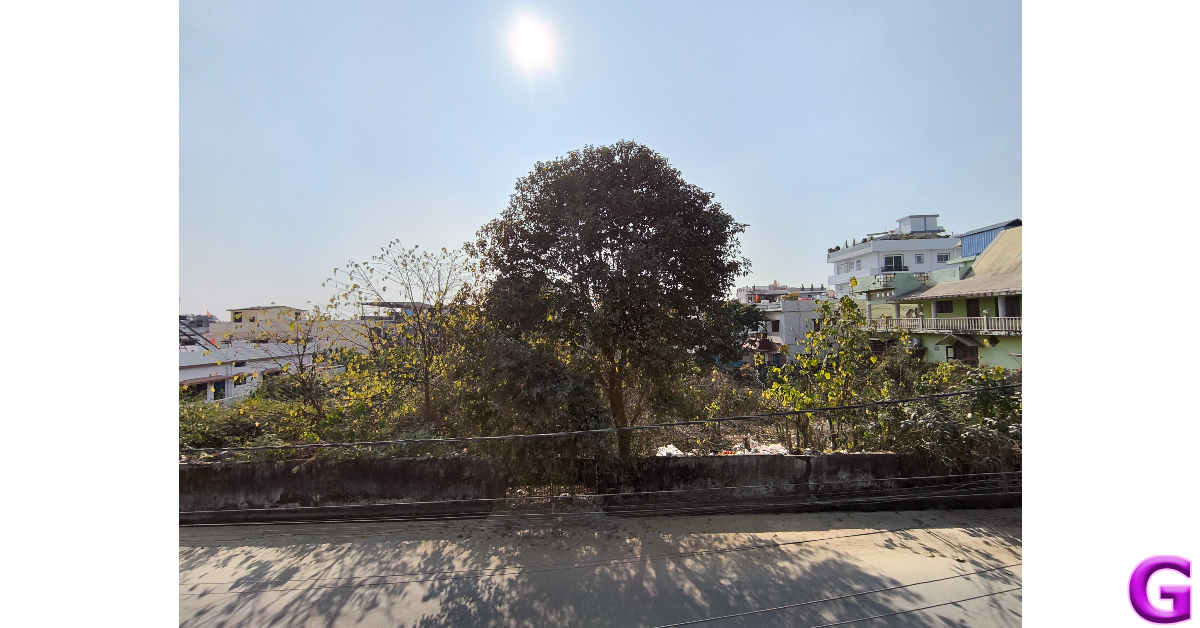
The 16MP selfie camera takes good images with a warm colour palette. It does not overcorrect the skin tone but does smoothen the texture a little. This camera can 1080p videos at 30/60fps. Meanwhile, the rear camera can record 4K videos at 30 fps with HDR and 30/24 fps without HDR.

Read Also: Itel Roar 75 Review: Are they worth buying?
Verdict
In the under Rs 30,000 category, the Poco X6 Pro would be our pick of the lot. Its brilliant AMOLED display beats almost every device in this segment. The MediaTek Dimensity 8300 Ultra chipset is an efficient performer, delivering blazing-fast speeds across the board. If you want to try a bit of gaming, the X6 Pro can handle high graphics and deliver lag-free gameplay. The camera performance is pretty standard and certainly not on par with the more ‘camera-focused’ smartphones in this category, but as an overall package, the Poco X6 Pro is up there with the best.
Poco X6 Pro: Pros
- Superb display
- Minimal bezels
- Incredibly fast
- Good software experience
Poco X6 Pro: Cons
- Mediocre macro lens


